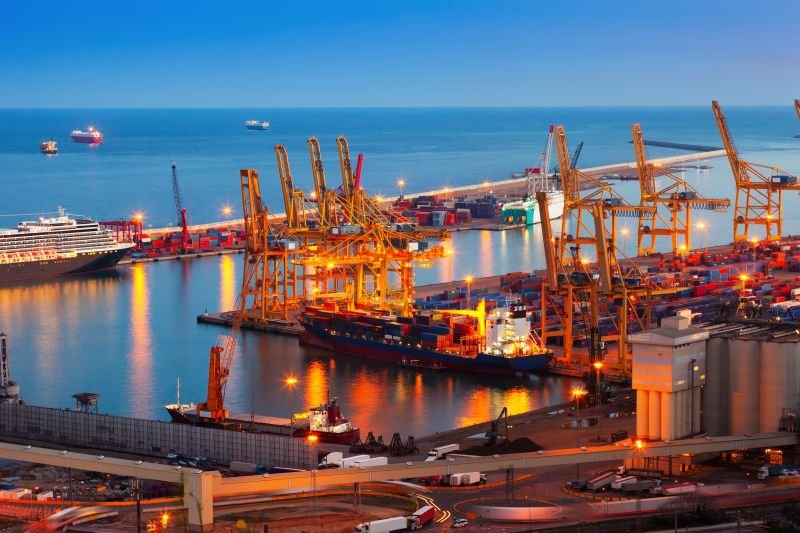In order to improve regional trade and connectivity, numerous new infrastructure initiatives have been initiated in Africa. The primary objective of all initiatives is to enhance maritime access and inland logistics routes. The development will not only enhance export opportunities and connect regions to global trade markets, but it will also generate additional employment opportunities. Major ports, including Walvis Bay in Namibia and Lekki Deep Sea Port in Nigeria, are currently in the process of substantial development in order to enhance cargo volumes and streamline international commerce. Concurrently, numerous organizations are investing in the development of more direct routes to African ports. The Grimaldi Group has introduced a direct shipping route that connects Shanghai, China, to Lagos, Nigeria. This route eliminates the necessity for transshipments and reduces the transit time to 27 days. The Red Sea shipping crisis has led to an increase in the number of shipping lines that are diverting their operations from the Suez Canal and circumnavigating the Cape of Good Hope. This has generated opportunities for countries such as Madagascar, Mauritius, Namibia, and Tanzania, which are strategically situated on routes that connect Asia and Europe, to develop their main ports and inland routes in an effort to improve global trade. Additionally, there are ongoing cross-border projects that aim to enhance the capacity of inland networks. These initiatives utilize enhanced rail and road infrastructure to establish connections between coastal ports and key cities in landlocked nations. The LAPSSET Corridor connects Kenya’s Lamu Port to Juba and Addis Ababa in their respective landlocked countries, South Sudan and Ethiopia. The Lobito Corridor is another multi-billion-dollar infrastructure project connecting the Democratic Republic of Congo (DRC), Zambia, and Angola. The rehabilitation of the corridor’s rail, road, water, and digital infrastructure will enhance supply chains in the region.


